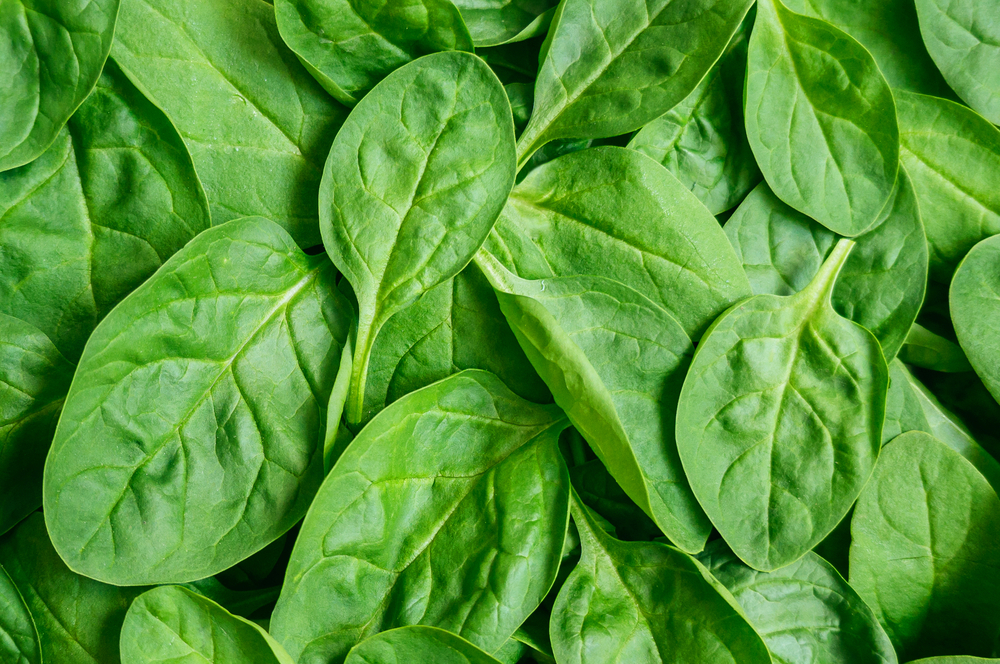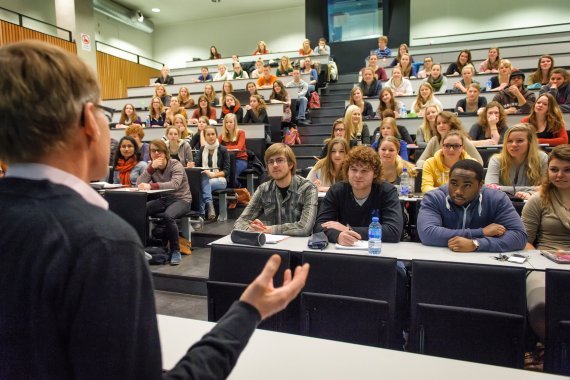Spinach plants are more affected by disease now that pesticides are being phased out. In her PhD research, Kim Magnée investigated which seeds are best able to cope with disease.
Spinach production has quadrupled over the past 20 years. Young ‘baby leaf’ spinach is becoming particularly popular. This young spinach is harvested within six weeks of sowing. Moreover, the sowing density is high and several crops are grown over one season. This trend is causing a massive increase in the demand for spinach seeds, while giving disease more chance to take hold – especially now that the European Union is banning chemical pesticides. Researcher Kim Magnée (Plant Breeding) looked at which seeds were most resistant to infection and how she could improve this tolerance.
Wilt
One of the main diseases in spinach is ‘damping off’: the failure of seeds to germinate and the wilting of seedlings. Several fungi and oomycetes (moulds) cause this disease, in particular the oomycete Pythium ultimum. Magnée found variation in disease tolerance between spinach varieties, but the variation between batches of seed of the same variety proved greater. This was partly due to the variation in the size and maturity of the seeds, as the flowers grow all up the stem. The seeds at the bottom of the stem are the largest and ripest, yet all the seeds are harvested at the same time.
Magnée exposed seeds from five varieties of spinach to P. ultimum. The riper seeds were found to be more resistant to the oomycete. Of the riper seeds, the smaller and darker seeds were also found to be more tolerant than the larger and lighter seeds. The darker seeds that reflected a lot of UV light or blue light were the most tolerant, presumably because they contained more phenols that can serve as defence agents. So seed companies could select the most resistant seeds using light reflection measurements. But it is not yet clear whether there is a genetic basis for this.
Faster germination
Magnée improved the disease tolerance of seeds through hydro-priming and dehulling. Hydro-priming temporarily increased the moisture content of the seeds; dehulling means removing the pericarp (spinach seed is actually a fruit with the real seed inside). The seed vigour of the treated seeds was greater, so the disease had less impact on the plant. Where selecting seeds on a large scale would be extremely intensive and would also mean throwing away some of the seeds, this kind of seed treatment is a practical option, especially when chemical treatments disappear.

 ‘Baby leaf’ spinach is becoming popular. Photo Shutterstock
‘Baby leaf’ spinach is becoming popular. Photo Shutterstock 

